Located in the state of Madhya Pradesh, the National Chambal Sanctuary is a treasure trove of unique wildlife and a symbol of conservation success. This sanctuary is a haven for endangered species, including the critically endangered Ganges river dolphin, and is home to a diverse range of flora and fauna.
History and Background
The Chambal River, which runs through the sanctuary, has a rich history dating back to the 16th century. The area was once known for its notorious dacoits (bandits) who terrorized the region. In the 1970s, the government of India declared the area a sanctuary to protect its unique wildlife and biodiversity.
Location and Geography
The National Chambal Sanctuary is spread across three Indian states: Madhya Pradesh, Uttar Pradesh, and Rajasthan. The Madhya Pradesh section of the sanctuary covers an area of approximately 625 square kilometers. The sanctuary is located near the town of Morena, about 80 kilometers from the city of Gwalior.
Flora and Fauna
The National Chambal Sanctuary is home to a diverse range of flora and fauna. The sanctuary is known for its unique riverine ecosystem and is home to several species of turtles, crocodiles, and the critically endangered Ganges river dolphin. Other notable species found in the sanctuary include the Indian skimmer, sarus crane, and Indian wolf.
Conservation Efforts
The National Chambal Sanctuary is a conservation success story, with efforts to protect the area’s unique biodiversity dating back several decades. The sanctuary is protected under the Wildlife Protection Act of 1972, and the area is monitored by the Forest Department of Madhya Pradesh. Conservation efforts have also been supported by several non-governmental organizations, including the World Wildlife Fund.
Tourist Attractions
The National Chambal Sanctuary is a popular tourist destination, attracting visitors from all over the world. The sanctuary is known for its stunning landscapes and unique wildlife. Visitors can take boat safaris along the Chambal River, providing an opportunity to see the area’s wildlife up close.
Best Time to Visit
The best time to visit the National Chambal Sanctuary is between November and March, when the weather is mild and the river is calm. The monsoon season, from July to September, is not recommended for visitors due to the heavy rainfall and flooding.
How to Reach
The National Chambal Sanctuary is easily accessible by road, with several state highways and national highways connecting it to major cities in Madhya Pradesh and neighboring states. The nearest airport is in Gwalior, which is about 80 kilometers from the sanctuary.
Accommodation
There are several accommodation options available near the National Chambal Sanctuary, including guesthouses, resorts, and hotels. The Forest Department also provides accommodation facilities for visitors, including tents and rest houses.
Things to Keep in Mind
Visitors to the National Chambal Sanctuary are advised to follow the rules and regulations set by the Forest Department. These include not disturbing the wildlife, not littering, and not carrying firearms or other weapons.
Conclusion
The National Chambal Sanctuary is a prime example of successful conservation efforts in India. This sanctuary is a haven for endangered species and a symbol of the country’s commitment to preserving its unique biodiversity. A visit to the sanctuary is an unforgettable experience, offering a chance to witness the beauty of nature up close.
FAQs
- Is it safe to visit the National Chambal Sanctuary? Yes, the sanctuary is safe for visitors as long as they follow the rules and regulations set by the Forest Department.
- What is the entry fee for the National Chambal Sanctuary? The entry fee for the National Chambal Sanctuary varies depending on the category of visitors. For Indians, the fee is INR 40 per person, while for foreigners, it is INR 400 per person. Additional fees are charged for boat safaris and other activities.
- Can visitors stay inside the National Chambal Sanctuary? Yes, visitors can stay inside the sanctuary at the accommodation facilities provided by the Forest Department.
- Are there any restrictions on photography inside the sanctuary? Visitors are allowed to take photographs inside the sanctuary, but they are not allowed to use flash photography or disturb the wildlife in any way.
- What is the best time to see the Ganges river dolphin in the National Chambal Sanctuary? The Ganges river dolphin is most easily seen during the winter months between November and March when the river water is clear and the dolphins are more active.






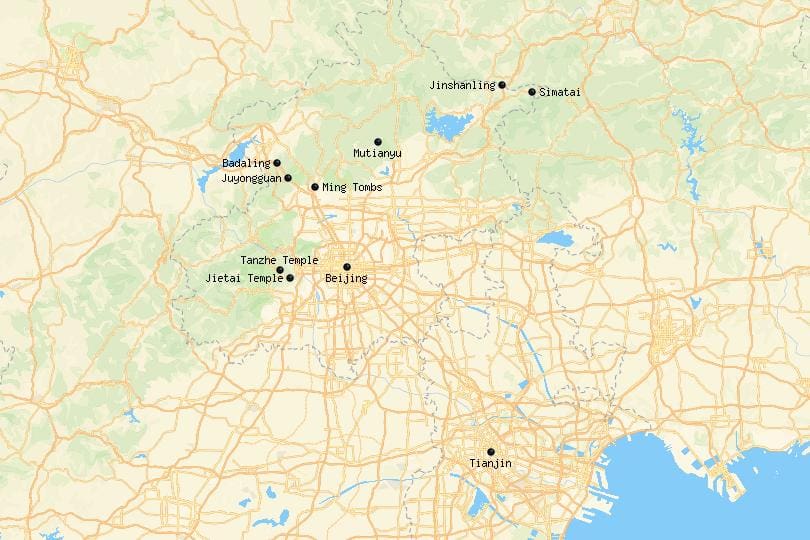


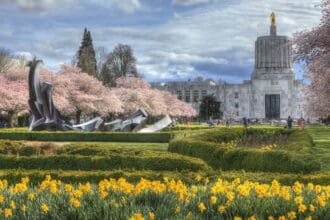
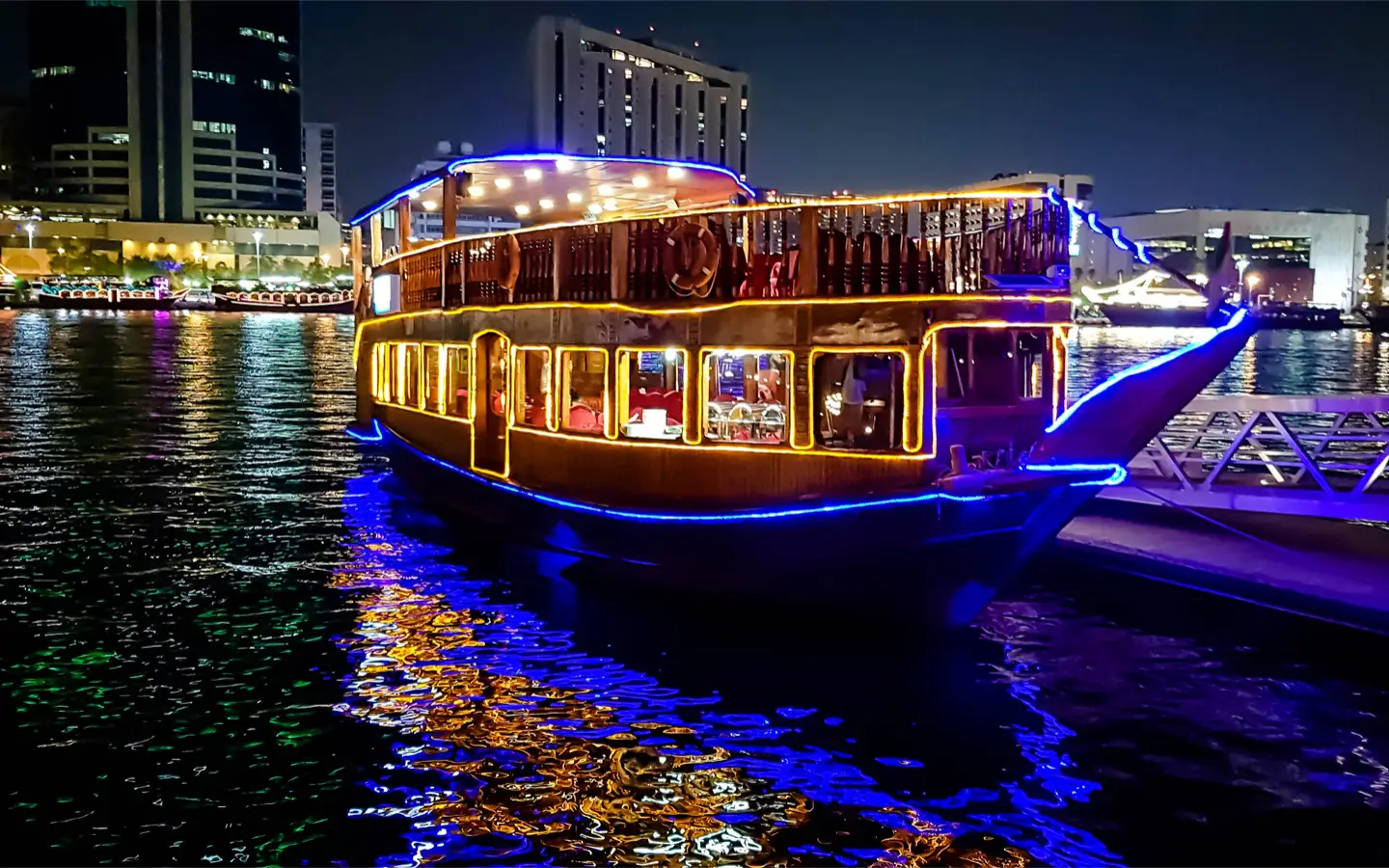

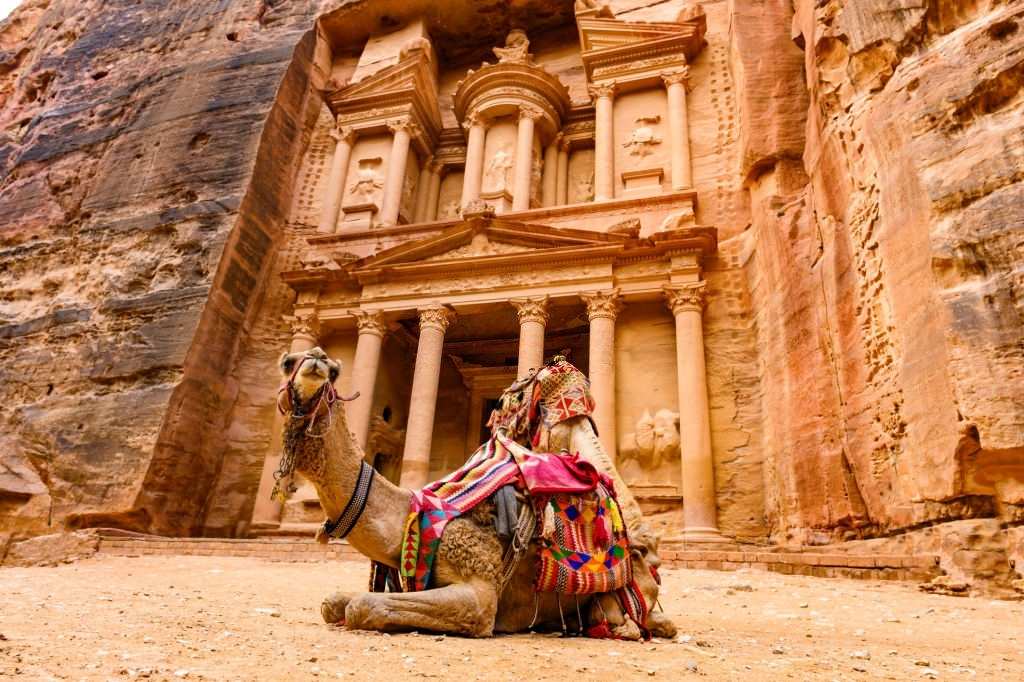
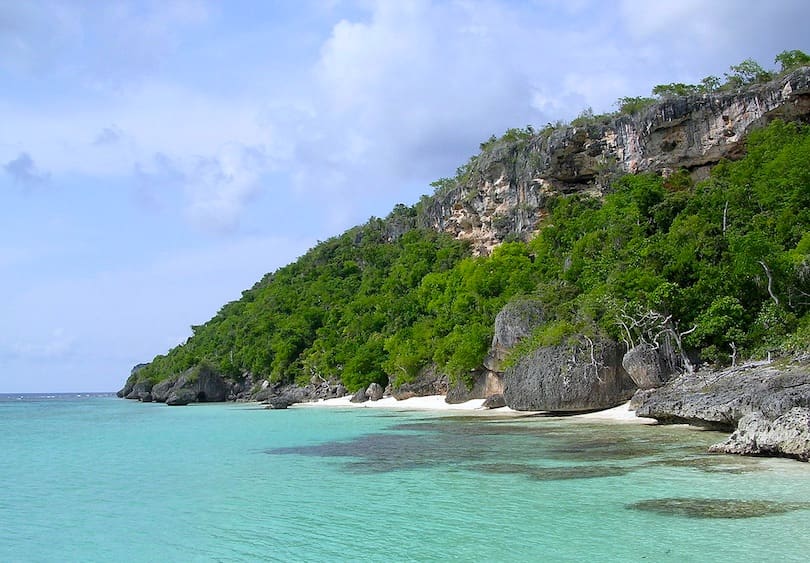



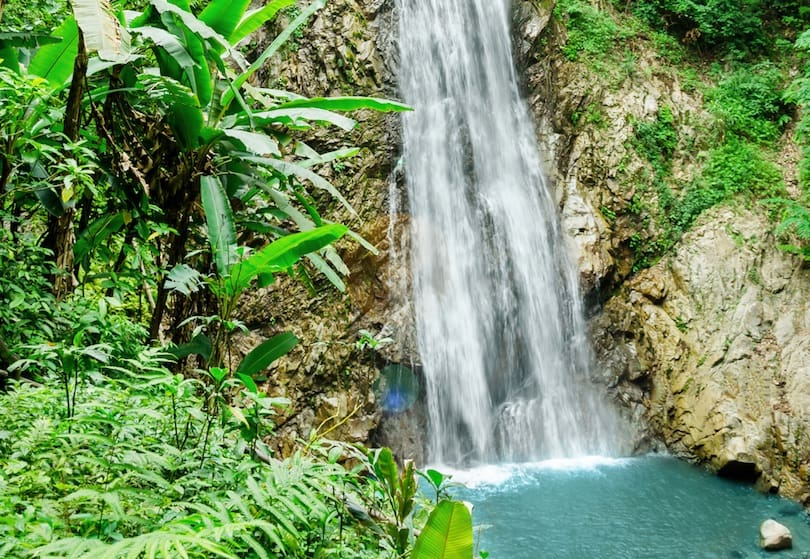
so much excellent information on here, : D.
I couldn’t resist commenting